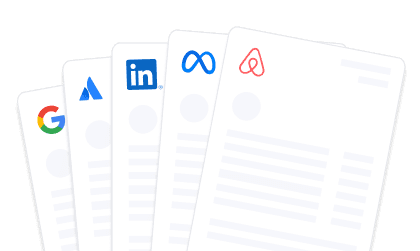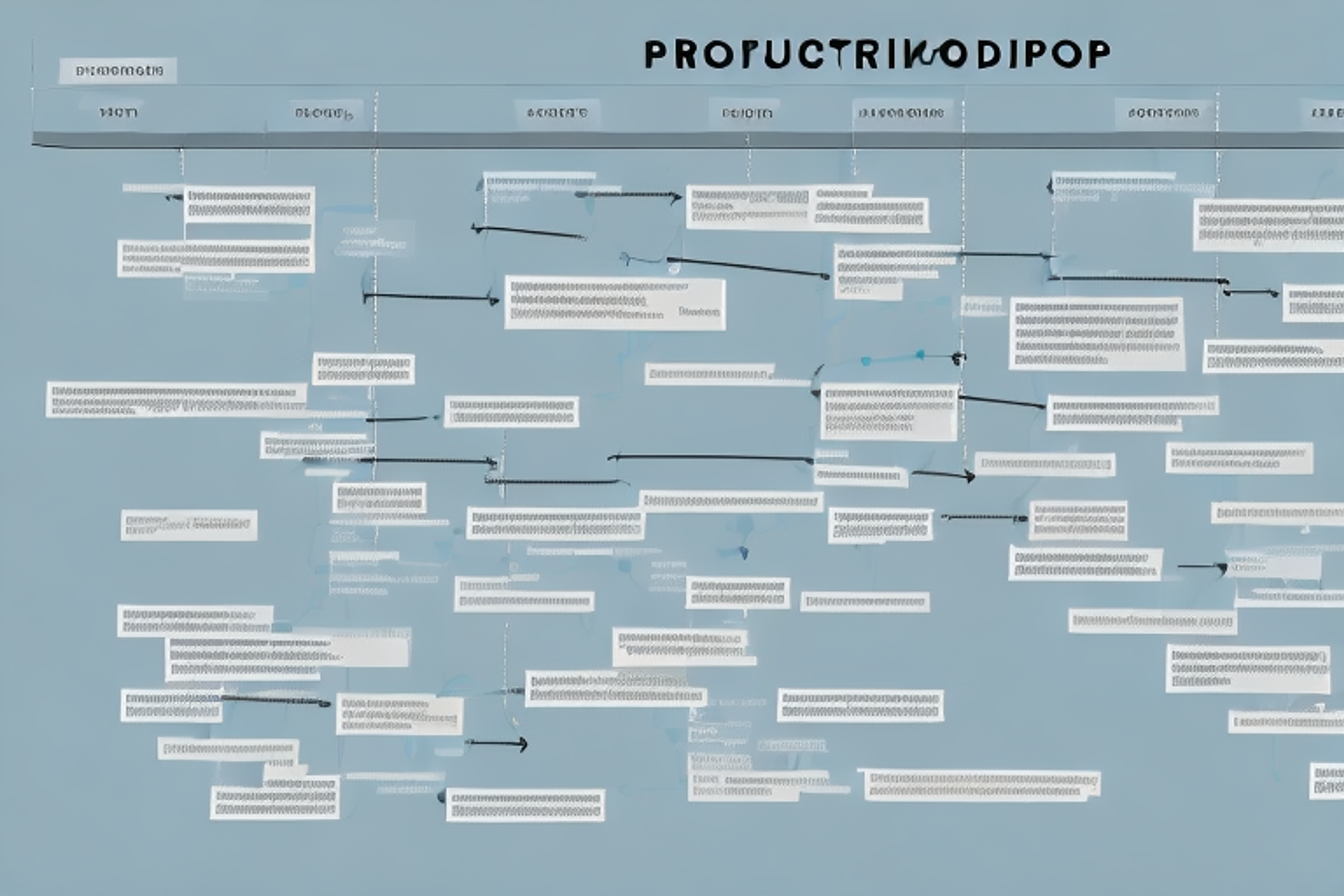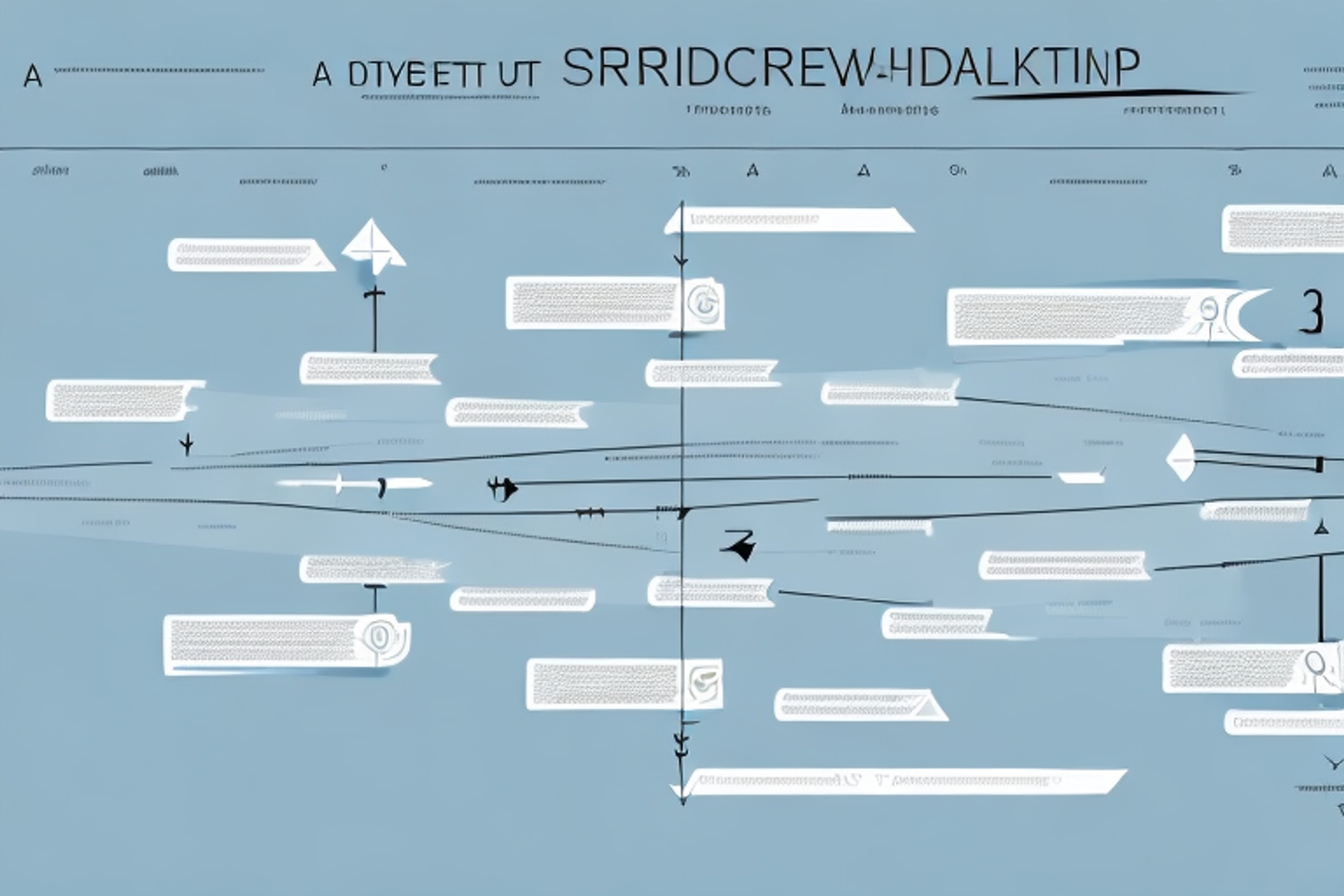Example PRD: How to Create a Product Requirements Document That Delivers Results
Learn how to create a powerful product requirements document (PRD) that delivers results with our step-by-step guide.
Posted May 15, 2023

Free Event

Featuring Nataraj S.
Ask Me Anything: Product Management Recruiting
Thursday, April 25
9:00 PM UTC · 45 minutes

Featuring Nataraj S.
Table of Contents
A product requirements document (PRD) is a crucial document for any business looking to develop or improve a product. It outlines the goals, features, and user requirements necessary to create a successful product that meets the needs of the target audience. In this article, we will outline the steps involved in creating a PRD that delivers results, covering all aspects of the process in exhaustive detail.
Why a Product Requirements Document is Important for Your Business
A product requirements document is an essential tool for any business looking to develop or improve a product. It outlines the goals, features, and user requirements necessary to create a successful product that meets the needs of the target audience. Without a PRD, businesses risk developing a product that is not aligned with customer needs, leading to wasted time and resources, and ultimately a failed product.
Furthermore, a PRD serves as a communication tool between different teams involved in the product development process. It ensures that everyone is on the same page and working towards the same goals. This can help prevent misunderstandings and delays in the development process.
Additionally, a well-written PRD can also serve as a reference point for future product development projects. It can provide insights into what worked well and what didn't in previous projects, helping businesses to continuously improve their products and processes.
The Purpose and Benefits of a Product Requirements Document
The purpose of a product requirements document is to ensure that all stakeholders have a clear understanding of the product's goals, features, and user requirements. This document serves as a reference for project managers, developers, designers, and other stakeholders, ensuring that everyone is working towards the same objective. The benefits of a PRD include:
- Improved communication between stakeholders
- Reduced errors and misunderstandings in product development
- Increased efficiency and productivity in product development
- Greater customer satisfaction with the final product
Another benefit of a PRD is that it helps to identify potential issues or roadblocks early on in the product development process. By outlining all of the requirements and features of the product, stakeholders can identify any conflicts or challenges that may arise and address them before they become major problems.
Additionally, a well-written PRD can serve as a valuable tool for future product development projects. By documenting the requirements and features of a successful product, stakeholders can refer back to the PRD for guidance and inspiration when developing new products or features.
Understanding Your Target Audience and Their Needs
Before creating a PRD, it's essential to understand your target audience and their needs. Conduct research to identify the pain points and challenges that your audience faces, and use this information to inform the features and requirements that you include in your PRD.
One effective way to understand your target audience is to create buyer personas. These are fictional representations of your ideal customers, based on research and data. By creating detailed personas, you can gain insights into your audience's demographics, behaviors, motivations, and goals. This information can help you tailor your product to meet their specific needs and preferences.
Conducting Market Research for Your Product Requirements Document
Market research is a vital step in creating a PRD. It involves gathering information on the market landscape, customer needs, and competitors. This research helps to identify gaps in the market, as well as opportunities for innovation and differentiation.
When conducting market research, it's important to use a variety of methods to gather information. This can include surveys, focus groups, interviews, and analyzing industry reports. It's also important to consider the target audience for your product and tailor your research methods accordingly. By gathering comprehensive and accurate data, you can ensure that your PRD is based on a solid understanding of the market and customer needs.
Setting Clear Goals and Objectives for Your PRD
The goals and objectives of your PRD should be clear and concise. They should be aligned with the needs of your target audience and the overall business objectives. Setting clear goals and objectives ensures that everyone involved in the product development process is working towards the same end goal.
It is important to regularly review and update the goals and objectives of your PRD throughout the product development process. This allows for adjustments to be made based on feedback from customers, changes in the market, and new business priorities. By regularly revisiting and refining your goals and objectives, you can ensure that your PRD remains relevant and effective in achieving the desired outcomes.
Defining the Scope and Features of Your Product
Defining the scope and features of your product is a critical step in creating a PRD. This involves identifying the specific features that your product will include, as well as any constraints or limitations that may impact the development process.
It is important to consider the target audience when defining the scope and features of your product. Understanding the needs and preferences of your target audience can help you prioritize features and ensure that your product meets their expectations. Additionally, conducting market research and analyzing competitor products can provide valuable insights into what features are most important to your target audience and how you can differentiate your product from others in the market.
The Importance of Collaboration between Departments in PRD Creation
Creating a successful PRD requires collaboration between departments, including product management, design, development, and marketing. Collaborating allows for the effective sharing of information and enhances the quality of the final product.
Furthermore, collaboration between departments can also help to identify potential roadblocks or challenges early on in the PRD creation process. By working together, teams can brainstorm solutions and make necessary adjustments to ensure the product meets the needs of both the company and the target audience.
Creating Detailed User Personas to Guide Your PRD
User personas are fictional representations of your target audience. Creating detailed user personas helps to ensure that your PRD is tailored to the needs of your target audience and reflects their pain points and challenges.
When creating user personas, it's important to gather data from a variety of sources, including customer surveys, interviews, and website analytics. This information can help you create personas that accurately reflect the behaviors and preferences of your target audience.
Additionally, user personas can also be used to inform other aspects of your product development process, such as marketing and user experience design. By understanding the needs and motivations of your target audience, you can create more effective marketing campaigns and design user experiences that are intuitive and engaging.
Designing User Stories to Enhance User Experience
User stories are brief descriptions of how a user will interact with your product. Designing user stories helps to enhance the user experience by identifying potential pain points and addressing them before development begins.
Writing Effective Use Cases for Your Product Requirements Document
Use cases are descriptions of how a user will use your product to accomplish a specific task or goal. Writing effective use cases helps to ensure that the final product meets the needs of the target audience and is easy to use.
The Role of Prototyping and Testing in PRD Creation
Prototyping and testing are critical steps in PRD creation. Prototyping allows for the early identification of potential issues and enables stakeholders to make informed decisions about the final product. Testing helps to ensure that the final product is aligned with the requirements outlined in the PRD.
Tips for Writing Clear, Concise, and Actionable Requirements
When writing requirements for your PRD, it's essential to ensure that they are clear, concise, and actionable. Use simple language, avoid ambiguity, and ensure that each requirement is specific and measurable.
How to Measure the Success of Your PRD
Measuring the success of your PRD is vital for determining the effectiveness of the product development process. Use metrics such as customer satisfaction, sales, and retention rates to evaluate the success of your product.
Common Mistakes to Avoid When Creating a Product Requirements Document
Common mistakes to avoid when creating a PRD include failing to consider the target audience, neglecting to set clear goals and objectives, and including unnecessary or redundant features. Avoiding these mistakes helps to ensure that your PRD is effective and aligned with the needs of your target audience.
Best Practices for Updating and Maintaining Your PRD Over Time
Updating and maintaining your PRD over time is critical for ensuring that it remains aligned with the needs of your target audience and the business objectives. Best practices for updating and maintaining your PRD include regularly reviewing and updating the document, soliciting feedback from stakeholders, and incorporating changes as necessary.
Examples of Successful PRDs from Leading Companies
Examples of successful PRDs from leading companies provide valuable insights into the product development process. Analyzing these examples helps to identify best practices and techniques that can be applied to your own PRD creation process.
Conclusion:
Creating a successful PRD is essential for developing a product that meets the needs of your target audience while aligning with business objectives. Follow the steps outlined in this article to create a PRD that delivers results, and remember to collaborate with stakeholders, conduct market research, and focus on creating a product that serves the needs of your target audience.

















